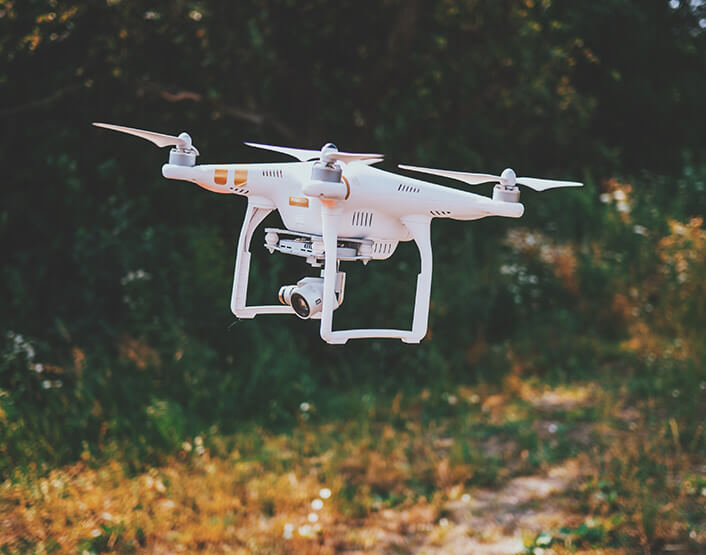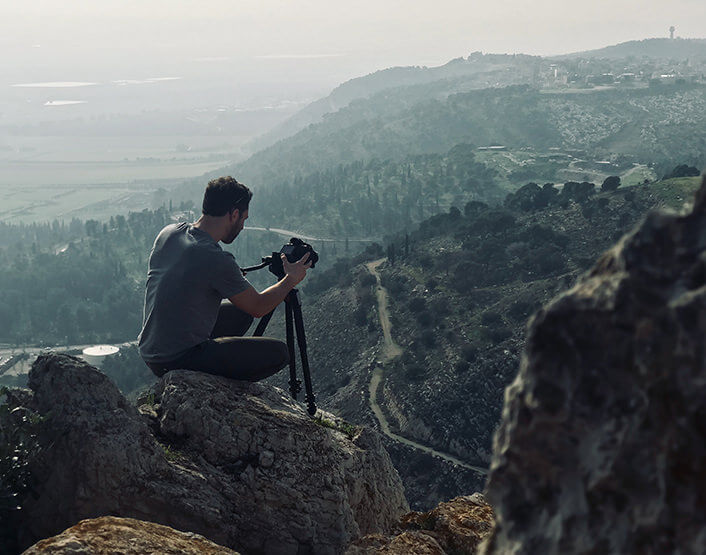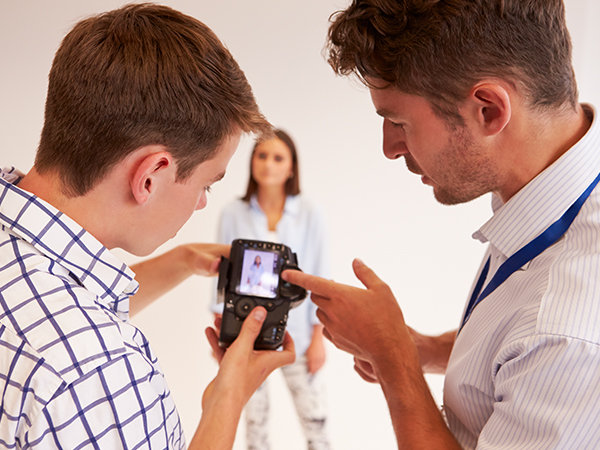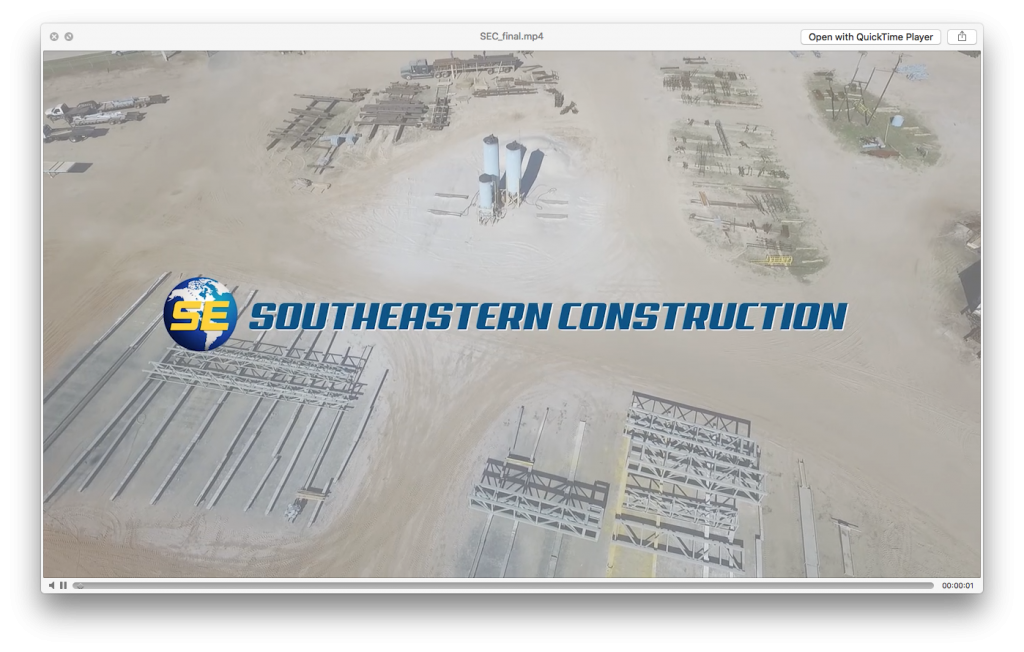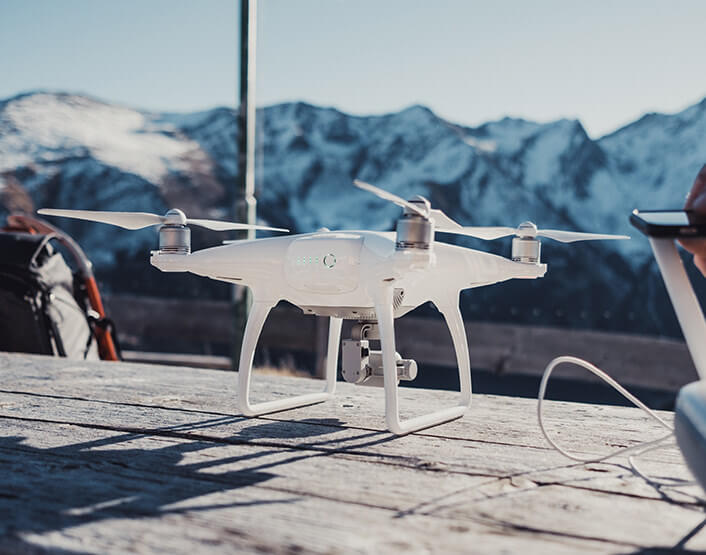Sometimes, because we are too excited to use our new equipment, we will fly at the strangest time and weather conditions. This could result in poor-quality photos. There are many reasons why the results of our drone photography are not of the best quality, but we’ll examine the six common mistakes we make when using our drones for the first time.
Improper selection of scenery
This is the most common mistake that we do as first-time drone owners. We fly our drones to the nearest open space that we can find. Unfortunately, we don’t always live in the Maldives or in Rome or in Bora Bora.
We will take photos, yes, but are they good photos? Most of the time, we’ll get the rooftops of old and dilapidated buildings. There is nothing Instagram-worthy about that, so let’s not waste our time there.
Improper timing
Once you have chosen the best place, which could come from suggestions from fellow photography enthusiasts, it’s time to think about the time of the shoot. Give yourself enough time to take the perfect shot. If you don’t, you might end up with badly-lit photos.
Improper exposure
The right exposure is the key to every great photo. The overexposure or underexposure of photos can directly affect their beauty. Even post-production won’t be able to help.
If you are a beginner, it is much better to use the Auto Exposure mode. If you want a more professional-looking photo, you can use the Manual mode and understand better the shutter speed, the aperture, and the ISO.
Improper composition
Composition in a photo means the arranging of elements in the frame. The wrong composition can distort the image because of the unbalanced elements.
Even if you are in the perfect place at the perfect time, your image can still be ruined because of improper composition. Remember the rule of thirds when it comes to taking photos. Place the subject along the lines or at the intersection of lines.
Neglect of post-production
The most stunning photos we see on social media are heavily edited. It is hard to capture the people’s attention when the images are unedited. The JPEG format, for example, will not capture as many details as RAW photos do. Post-production editing will help improve the details and elements of a photo.
Over post-production
Overdoing post-production is hazardous to the quality of the image. Some photographers and editors make the mistake of over-adjusting saturation and contrast. This could make the photos unreal.

